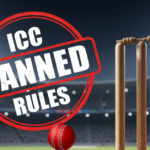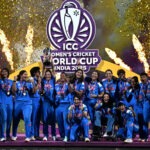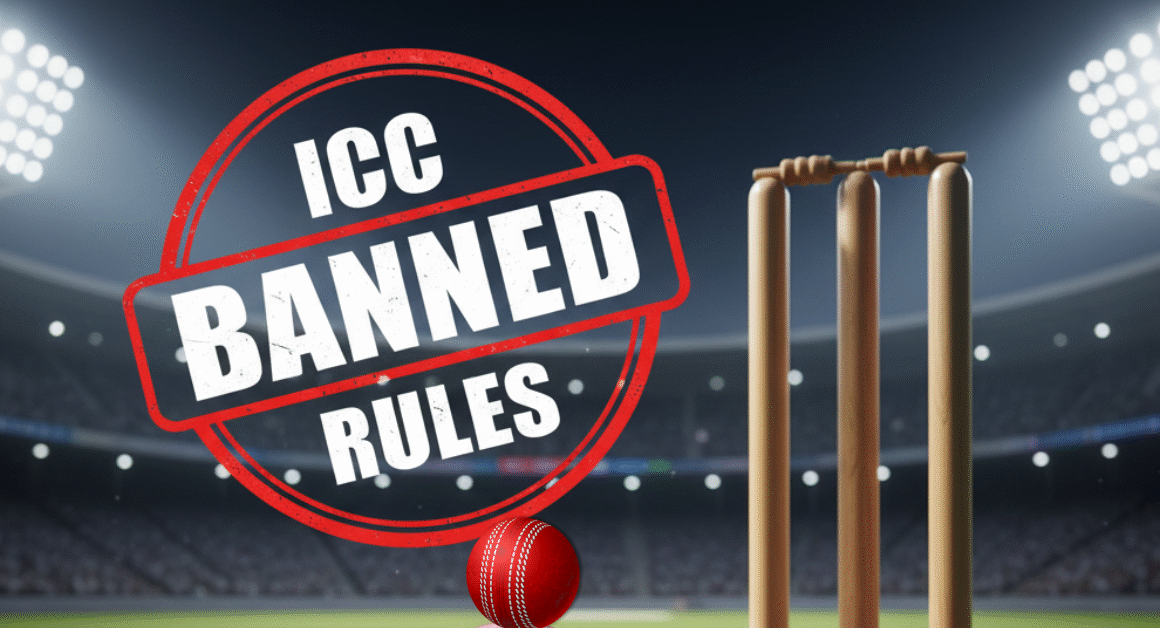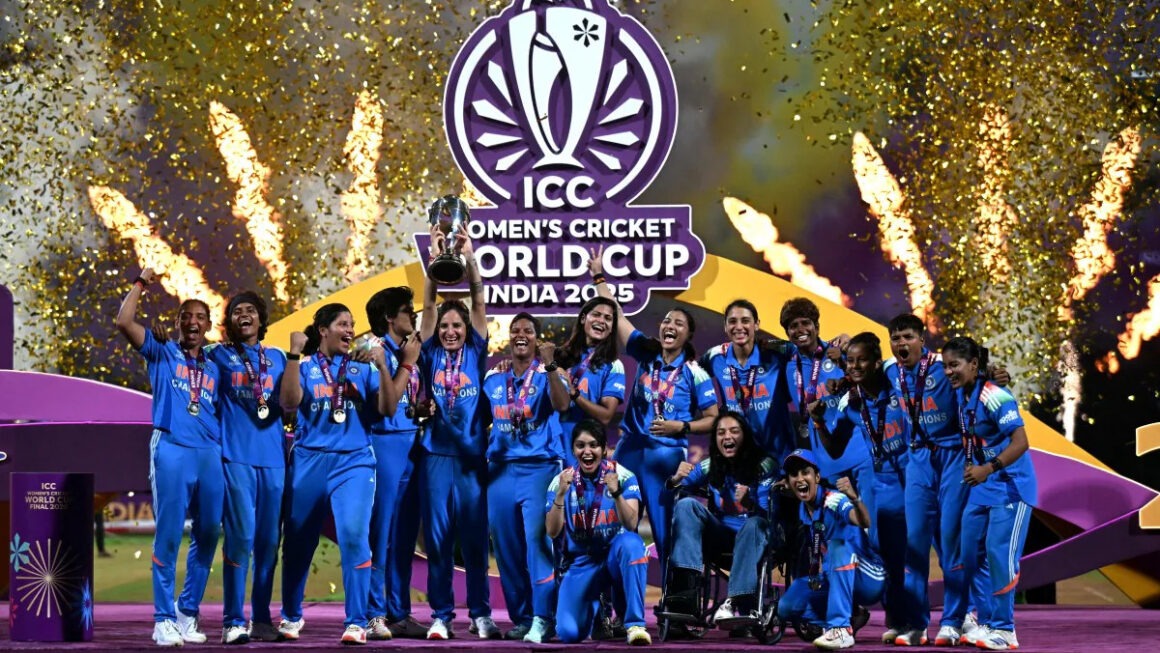There was a time when West Indies cricket reigned supreme—capturing 1975 & 1979 World Cups, the 2004 Champions Trophy, and the 2012 & 2016 T20 World Cups. Fast‑bowling juggernauts like Holding, Garner, Roberts and batting legends Viv Richards and Brian Lara instilled fear across formats
Fast forward to July 2025, and being bowled out for just 27 runs against Australia marked not only a record low but also a powerful symbol of systemic weakness
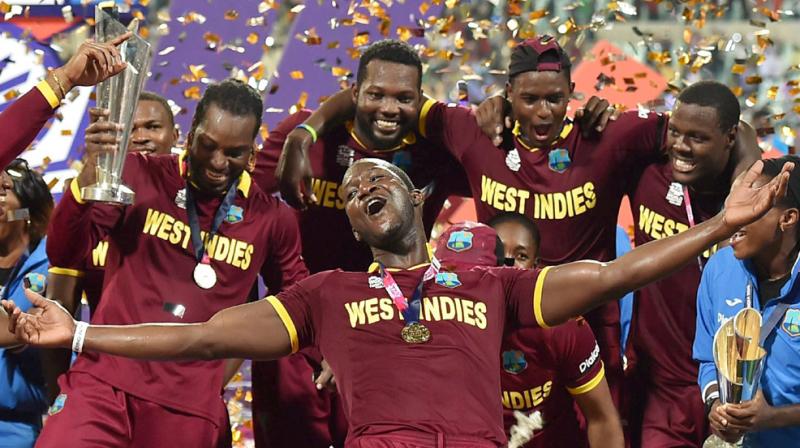

Golden Era: Legends & Championship Moments
Between the 1970s–1990s, West Indies were unofficial Test world champions, led by Clive Lloyd. Their two ODI World Cup victories (1975, 1979) and dominance in Test cricket set the global benchmark
They later added the 2004 Champions Trophy, and the explosive T20 titles in 2012 and 2016, cementing their reputation as cricket’s premier T20 entertainers

When Challenges Emerged
From the early 2000s, with administrative turmoil, limited sponsorship, and television invisibility in many Caribbean territories, West Indies cricket lost momentum
Regional fragmentation and insufficient investment in grassroots development further accelerated the fade from elite international standards.
The Franchise Cricket Effect
A major turning point has been the lure of global T20 leagues offering far greater earnings than central contracts. Players like Chris Gayle, Kieron Pollard, Andre Russell, and Nicholas Pooran opted for league cricket over international commitments
Central contracts in West Indies average US $100K–150K, with match fees around US $5,000. Compare that with franchise deals worth hundreds of thousands for a single season—career‑changing sums for players and their families
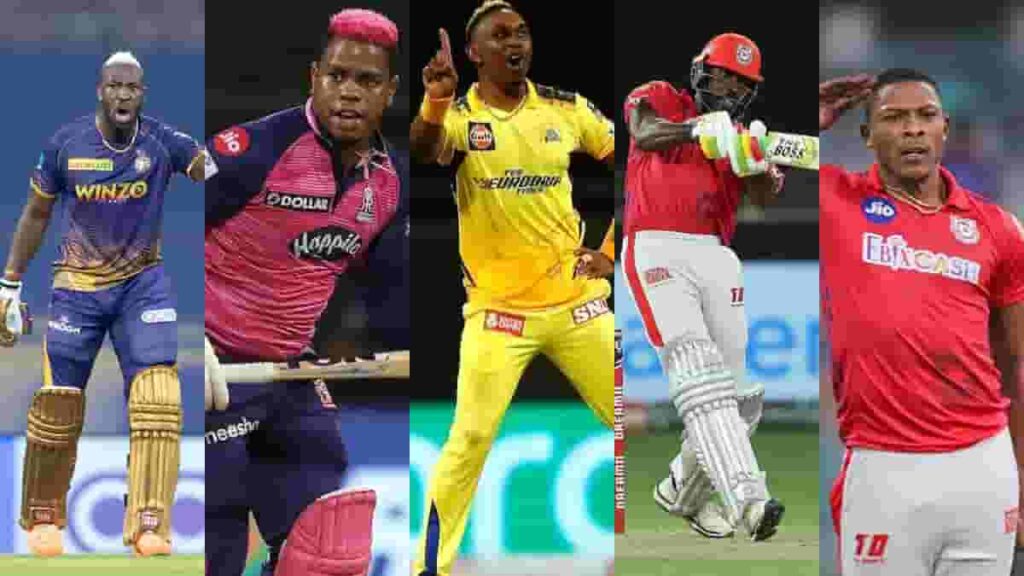
Governance & Selection Dysfunction
As Roland Butcher, former WI selector, warns: concentrating all coaching and selection powers in one person (Daren Sammy) undermines the scouting system and removes critical experience from the setup
Frequent changes in leadership, inconsistent policies, and poor transparency have made it hard to build cohesion or a long‑term vision.
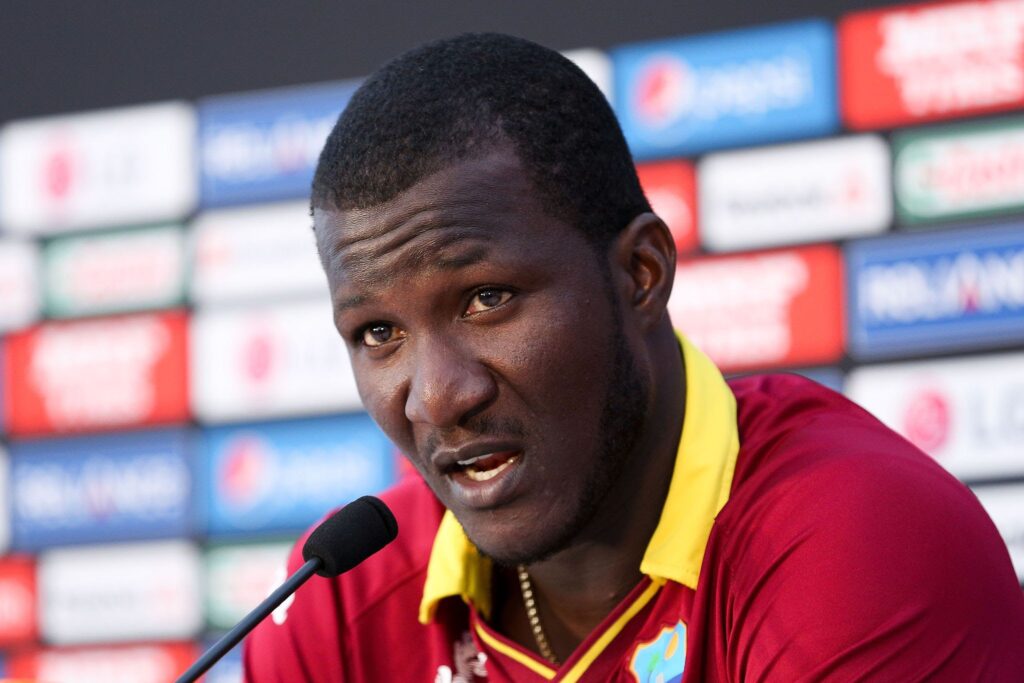
Grassroots & Broadcasting Gaps
Limited investment in youth academies, poor first‑class infrastructure, and scarce domestic televised action have weakened the pipeline of talent. Many promising youngsters drift into overseas leagues before reaching national level
Hope on the Horizon: Can West Indies Rebound?
The launch of the West Indies Breakout League in April 2025 shines a beacon of hope—a platform to showcase emerging talent
There’s also renewed outreach to legends like Clive Lloyd, Viv Richards, and Brian Lara for strategic guidance. But for revival to happen, West Indies needs transparent governance, player retention strategies, financial support, and broadcaster alliance.
Conclusion
West Indies cricket’s journey is less a decline and more a gradual transformation. Their historic greatness still matters—but today, challenges from administration, financial models, global T20 pull, and infrastructure have reshaped their role in modern cricket.
This isn’t the end of the story; it’s a chapter awaiting a bold new rewrite.
Frequently Asked Questions
1: Why did West Indies stop dominating in Test & ODI cricket?
The decline began with governance issues, neglected domestic structures, and the rise of T20 leagues offering more stability and money
2: Did west indies truly win major tournaments?
Yes—ODI World Cups in 1975 & 1979, Champions Trophy 2004, and T20 World Cups in 2012 & 2016
3: Why don’t players choose international cricket now?
Franchise contracts offer exponentially higher pay, flexible schedules, and minimal involvement with national selectors or boards
4: What efforts are being made to rebuild west indies cricket?
Initiatives include the West Indies Breakout League (2025), and engaging legends for mentorship and planning
5: Is there still passion for West Indies cricket?
Very much so. Despite performance dips, fans across Caribbean territories continue to deeply support and cherish their team culturally
